Harry Potter House Traits: Bringing the Sorting Hat to the 16 Personality Types
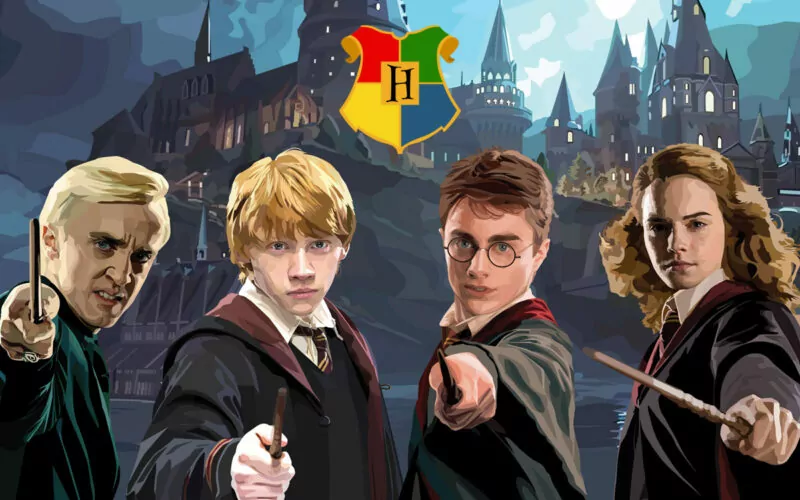
Are you a Harry Potter fan interested in the Meyers-Briggs personality types? Much like astrology, these MBTI types have known characteristics, strengths, and weaknesses. So how would these personality types fit into Harry Potter and the four Hogwarts houses? What are the Harry Potter house traits?
While there are 16 personality types, the iconic wizarding school of Hogwarts sorts its students into four houses. These four houses also have dominant traits, strengths, and weaknesses. There are also prominent wizarding figures in each house, including “The Boy Who Lived” himself, Harry Potter.
Over time, as we revisit the books and rewatch the movies, we know that not every student under a certain house has qualities that reflect their house. Characters like Regulus Black (Slytherin), Cedric Diggory (Hufflepuff), and Peter Pettigrew (Gryffindor) are great examples of this.
So, you might wonder, which of these 16 personality types goes into which of these four houses? Here’s where they would be.
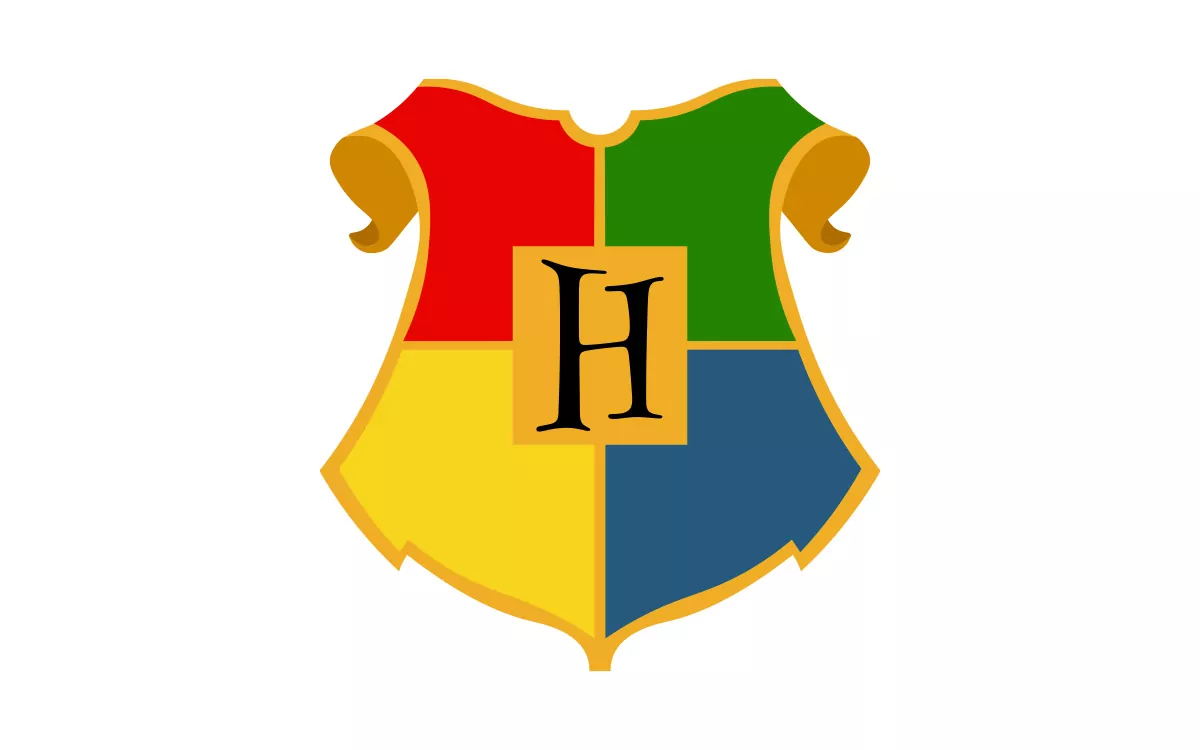
Harry Potter House Traits: The Four Hogwarts Houses
In the Harry Potter books and movies, Harry goes to the Hogwarts School of Witchcraft and Wizardry. He is taught everything from making potions to casting spells. But before starting his magical journey, Harry participated in a long-running Hogwarts tradition.
All the first years in Hogwarts were brought in front and were to wear an enchanted hat known as the Sorting Hat. The hat would then announce to the entire school which house its wearer at the time would belong. While the hat considers the values a person holds, it is ultimately their choices that define who they are. As it did with Harry Potter, the hat also considered their preferences when sorting them.
As Professor McGonagall would say, the house would be like their family.
The four Hogwarts houses are each named after the school’s four founders: Godric Gryffindor, Helga Hufflepuff, Rowena Ravenclaw, and Salazar Slytherin. Each of those founders had qualities that they also looked for in a student. This has since continued even after their passing.
So what are the Harry Potter house traits? Let’s take a look at each of the houses.
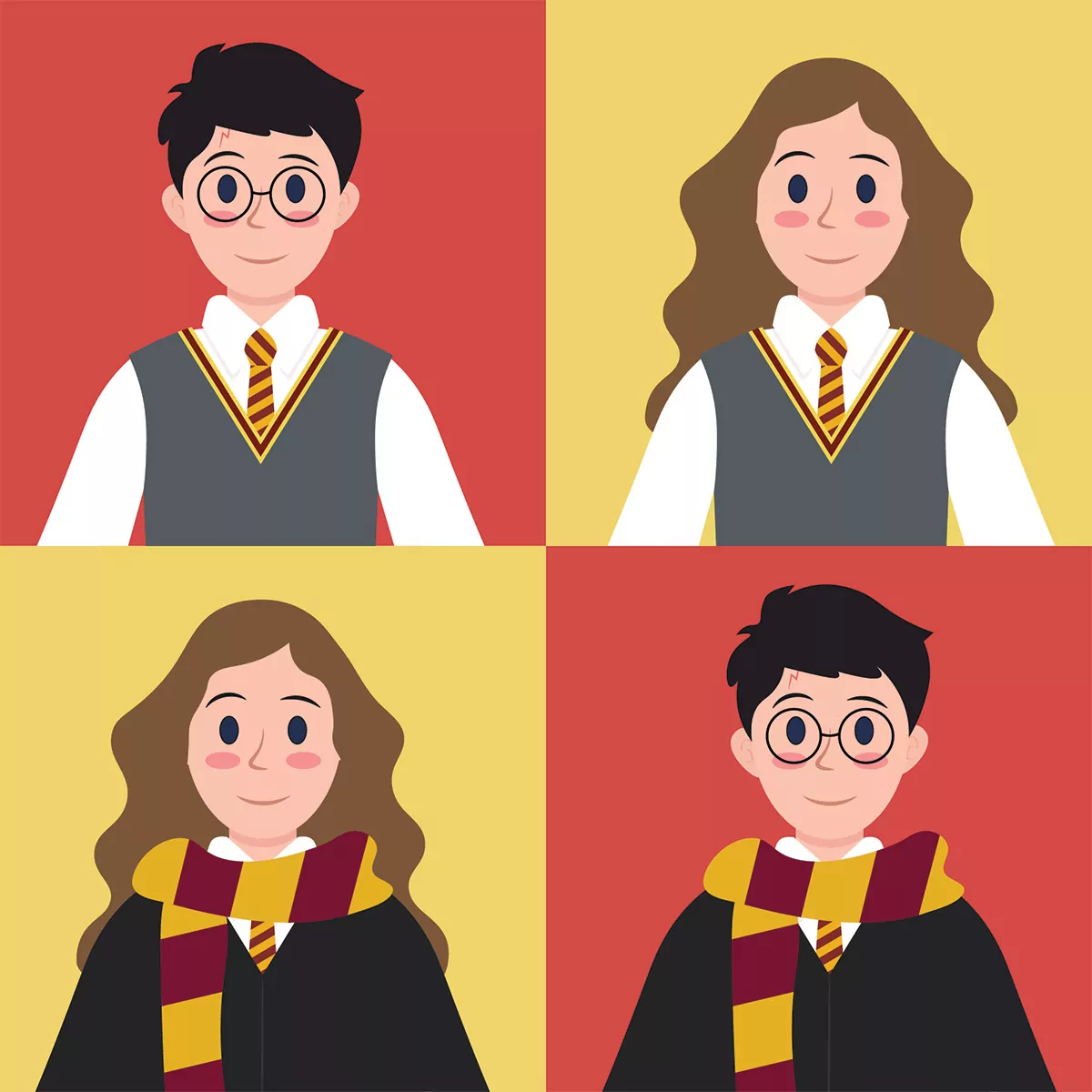
Gryffindor
Named after Godric Gryffindor, this house is where you will find the daring, the bold, and the brave. Thus, the symbol that represents Gryffindor’s house is a lion, whose official colors are scarlet red and gold. Gryffindor students stay in the tower of the same name, with Professor Minerva McGonagall as the Head of House. Nearly Headless Nick is the resident ghost of Gryffindor house.
Students in Gryffindor are known for their courage, bravery, and determination. They are likely the type to stand up for those who can’t defend themselves. They may also be the type to challenge authority and tend to act before they think. Gryffindors are also known to be the life of the party and hold the position of class clown because of their somewhat outgoing nature.
Their bravery also extends to their internal struggles. One example of this was Neville Longbottom, who was known to be shy and forgetful. But over time, Neville gained the courage to stand up for what he believed in, even if it meant standing up against his friends.
Ultimately, think of Gryffindors as the types who would say, “Challenge accepted” whenever they are dared.
Some known Gryffindors throughout wizarding history include Albus Dumbledore and Harry Potter. Other characters we know to be Gryffindors include the Weasley siblings, Sirius Black, and Remus Lupin.
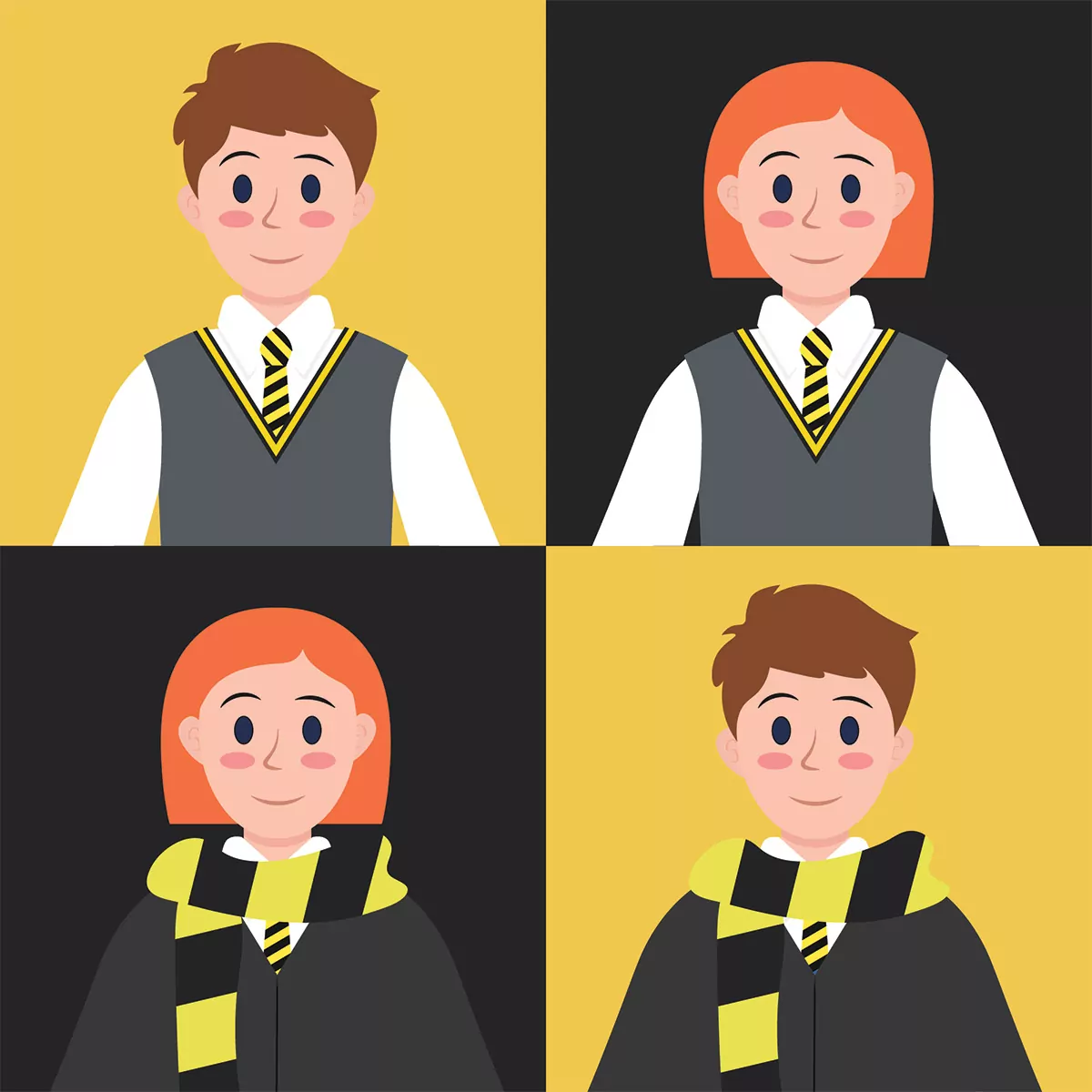
Hufflepuff
Named after founder Helga Hufflepuff, this house is represented by a badger, with yellow and black as its colors. Herbology teacher Professor Sprout serves as its Head of House. The Hufflepuff common room and dormitories can be found near the kitchens. Its resident ghost is the Fat Friar.
This house is known for having the most friendly, hardworking, and trustworthy students. But despite being perceived as such, they also got the impression that they weren’t as clever. That isn’t quite true, because Hufflepuffs are known to be humble. They don’t feel like they need to brag about their achievements.
Hufflepuffs are the types who work hard and are incredibly loyal to their friends. They believe in fairness and inclusivity and desire an environment where everyone feels seen and accepted. They may also be the type to have a strong moral compass while also having the best snacks.
Some of the most famous Hufflepuffs in wizarding history include Nymphadora Tonks, Newt and Theseus Scamander, Cedric Diggory, Susan Bones, and Ernie Macmillan.
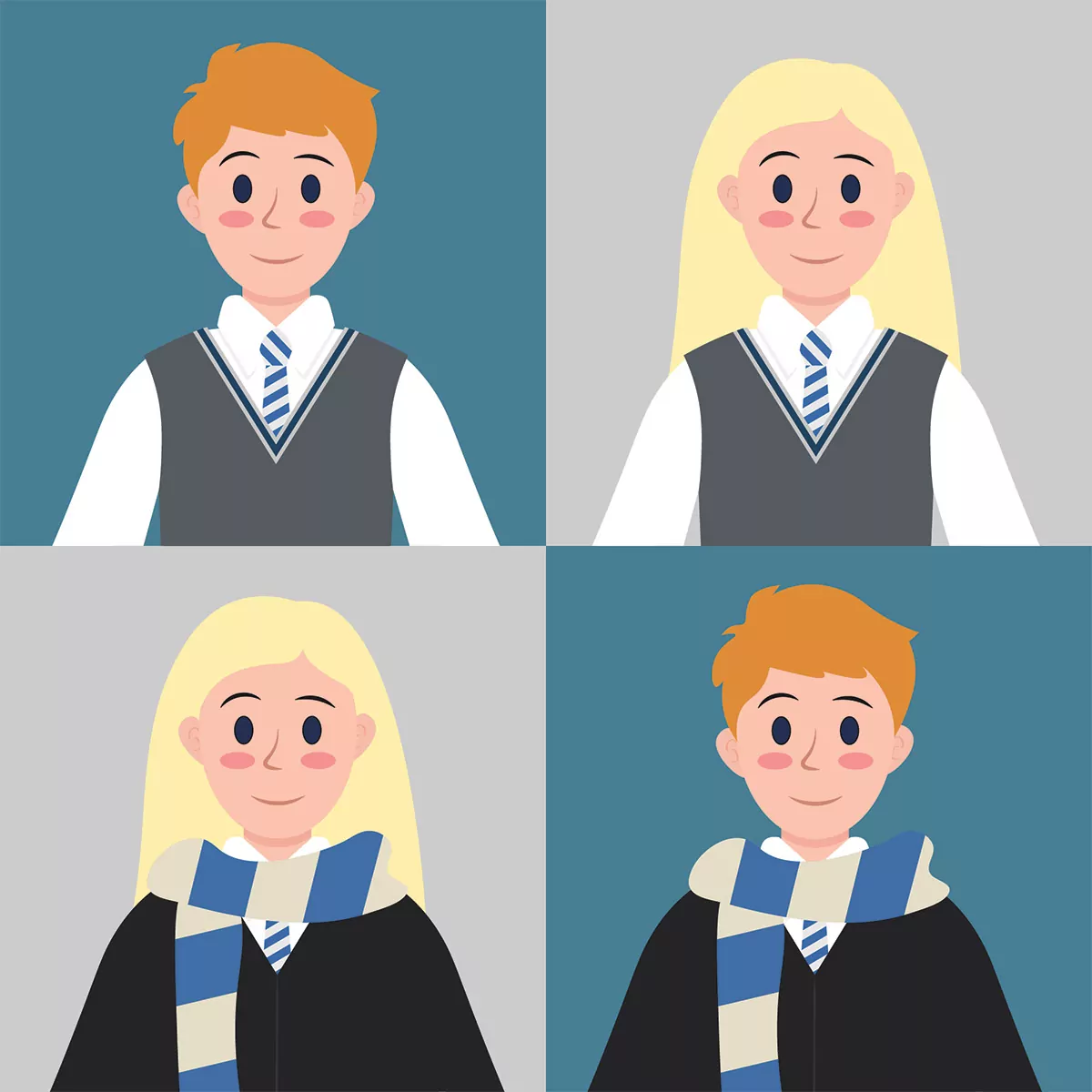
Ravenclaw
Ravenclaw is named after the founder, Rowena Ravenclaw. This house is represented by an eagle, with blue and bronze as its official colors. Charms teacher, Professor Flitwick, is the Head of the House, and its common room and dormitories are near the Astronomy tower. Its resident ghost is the Grey Lady, Helena Ravenclaw, the founder’s daughter.
This house is known for having the smartest students, except for Hermione Granger, who is a Gryffindor. Ravenclaws are known for their wisdom, wit, creativity, and knack for learning. Students in this house are also known for being quite eccentric. Ravenclaw is also the house where most become prominent inventors and innovators.
Those sorted into Ravenclaw may likely be the analytical types and tend to be overachievers. They may also be the dreamer types, which work to their advantage if they are inventors and innovators. They tend to think outside the box whenever a challenge arises.
Ravenclaws are known for being themselves and always have interesting facts to share.
Famous Ravenclaws in wizarding history include Gilderoy Lockhart, Garrick Ollivander – the renowned wandmaker, Luna Lovegood and her father Xenophilius, and Cho Chang.
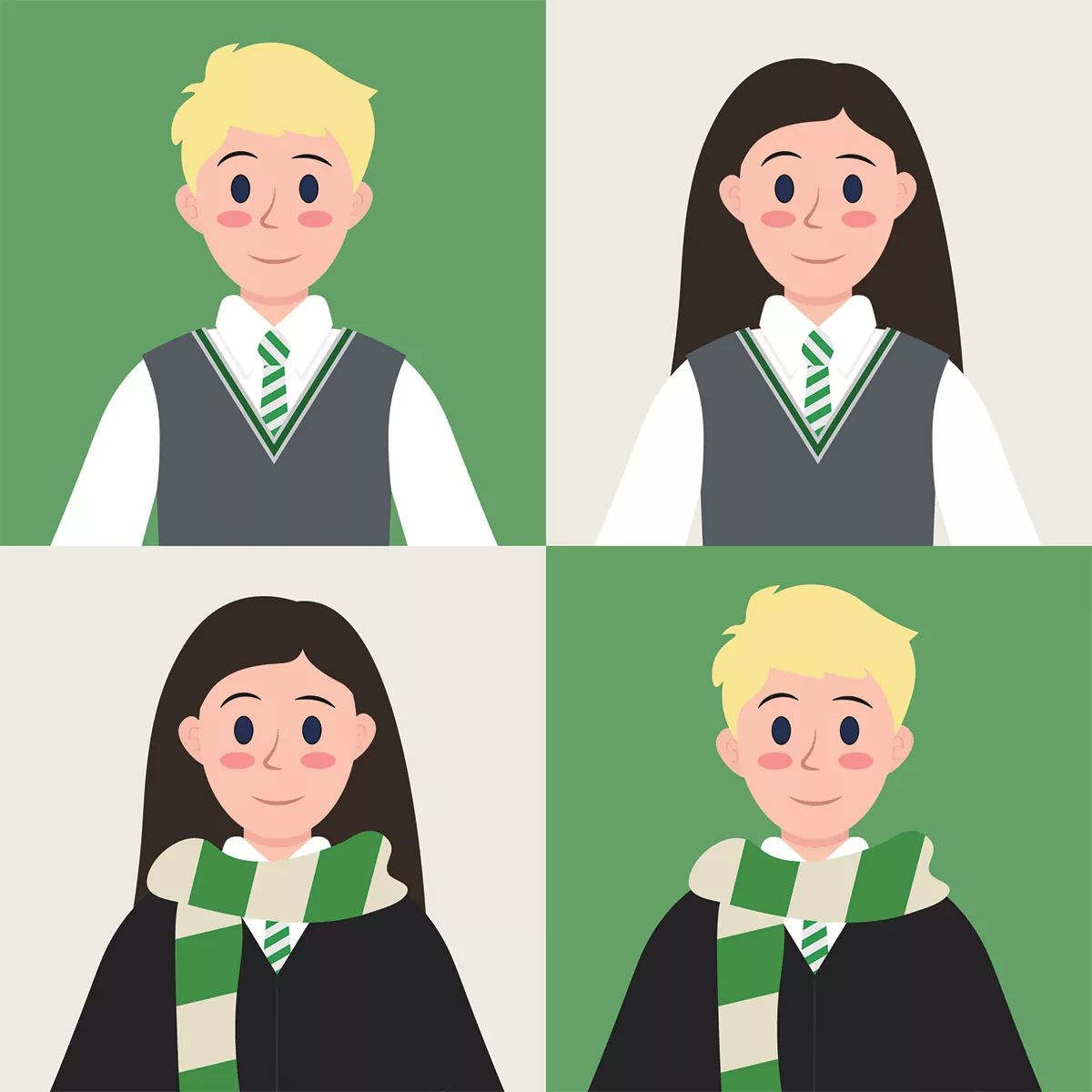
Slytherin
Named after Salazar Slytherin, this Hogwarts house has had a shady reputation over the centuries. Especially since Slytherin was known for favoring pureblooded wizards and witches with a disregard for muggle-borns or half-bloods. Thus, was anyone surprised that Lord Voldemort turned out to be the heir of Slytherin?
In any case, it also didn’t help that many witches and wizards who were sorted into Slytherin house turned to the dark side.
But not every Slytherin is like that at all. With all these faults, Slytherin students are the shrewd and ambitious types. They may also be the type of people who are destined for a higher purpose in life, whatever that may be. Slytherins are also likely the types to have a dark sense of humor and are always a step ahead of everyone.
However, Slytherins are also known for being mysterious and quite reserved. They tend not to let anyone see their softer side – at first, that is.
Slytherin house is represented by, you guessed it, a serpent, with silver and emerald green as its colors. Professor Severus Snape serves as the Head of the House for Slytherin. The common room and dormitories are situated under the lake, near the dungeons. The Bloody Baron is Slytherin’s resident ghost.
The popular wizarding figures sorted into Slytherin include Lord Voldemort, the Malfoy family, Horace Slughorn, and even Merlin.
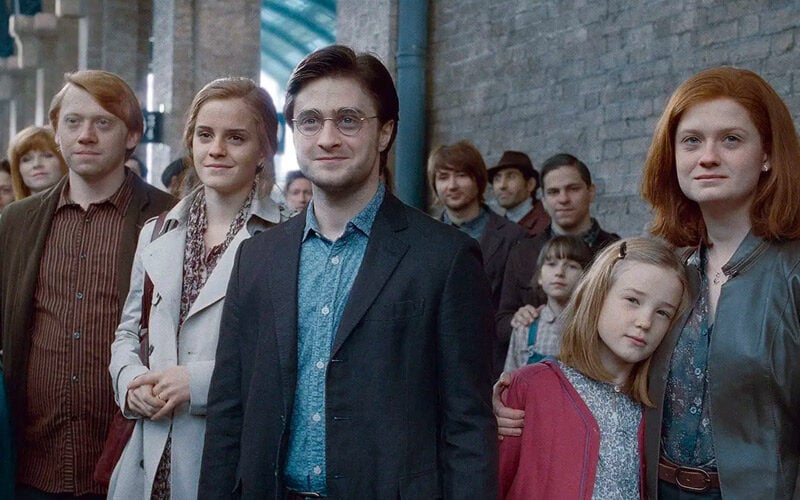
The 16 Personality Types
Aside from astrology, where people are grouped for their respective zodiac signs, there’s the Meyers-Briggs personality test. The latter sorts people according to 16 personality types. These personality types give another kind of insight into a person.
INFP
INFP stands for Introverted Intuitive Feeling Perceiving and is described as the Mediator. According to 16Personalities, INFPs are known for having vibrant, passionate inner lives. They are creative and imaginative and can have their head in the clouds a lot. INFPs like to invent all sorts of stories and conversations in their minds.
INFPs are also known for their sensitivity and can have emotional responses to their environment. They are also idealistic and empathic and desire deep, profound connections. They also feel a sense of duty to help others. INFPs tend to be very rare, so they may feel lonely or invisible at times.
ENFP
On the other side of INFP is its extroverted counterpart. Also described as the Campaigner, ENFPs are the types to embrace big ideas and actions. These ideas and actions tend to reflect their sense of hope and goodwill toward others.
ENFPs are free spirits in every sense of the word and stand out in a crowd. They are outgoing, open-hearted, and open-minded types. ENFPs also have a lively approach to life. However, as much as they can be the life of the party, they also value meaningful connections with people.
ISFP
ISFP stands for Introverted Sensing Feeling Perceiving. They are described as the Adventurer and are considered as true artists. They consider life to be the canvas for their self-expression. ISFPs are known to act in ways that can reflect who they are as individuals.
If there is another word to describe an ISFP, it would be unique. They are fueled by curiosity and are always up for trying new things. This is why ISFPs have a wide range of interests. They love to explore and have an ability to find joy in everyday life.
With their adventurous nature, they also tend to be humble and unassuming. They usually tend to think that they’re doing their own thing.
ESFP
The extroverted form of ESFP, this type is known as the Entertainer. They are known for getting caught up in the moment and want everyone else to feel that way. ESFPs are generous with their time and energy, especially when they encourage others. They love taking part in vibrant experiences.
They also have a knack for discovering the unknown. Much like the “E” in ESFP, they are known to be very social.
ISTJ
ISTJ stands for Introverted Sensing Thinking Judging. They are described as the Logisticians and take pride in their integrity. ISTJs say what they mean and mean what they say. When they commit to something, they will pull through.
A lot of people are known to be ISTJs. They’re not especially flashy nor crave attention, but they do their part in helping society. ISTJs tend to earn respect for being reliable, practical, and able to stay grounded and logical.
ESTJ
The ISTJ type’s extroverted version, the ESTJ is known as the Executive. They are known to represent tradition and order. ETSJs make use of their understanding of right and wrong and what is socially acceptable to bring everyone together. They value honesty, dedication, and dignity and are valued for the same reasons.
ISTP
This type stands for Introverted Sensing Thinking Perceiving. They are known to be Virtuosos, and are also one of the rare MBTI types. ISTPs love to explore the world with heir hands and eyes. They are known for their rationalism and curiosity.
ISTPs are natural crafters and love to build and learn from their environment. They take pride in pulling things apart and putting them back together. ISTPs tend to learn through experience and love having other people take an interest in their projects, as long as they don’t interfere, of course.
ESTP
The extroverted counterpart of ISTP, ESTPs are known as the entrepreneur. Being quite social types, people can be naturally drawn to ESTPs. It’s just as well because these types love to be the center of attention. They like to keep conversations energetic yet intelligent.
ESTPs act before they think and fix their mistakes as they go.
INFJ
Also known as the Advocate, INFP stands for Introverted Intuitive Feeling and Judging. They are considered to be the rarest personality type of them all. While they may be rare, they most certainly are memorable. INFJs are idealistic and principled, preferring to go and make a difference rather than sit by.
Advocates find fulfillment in helping others and making a positive difference in the world. But that doesn’t mean they mainly stay daydreaming. INFJs also value integrity and have a desire to do what’s right.
ENFJ
The extroverted counterpart of INFJ, ENFJ is described as the Protagonist. People with this personality type tend to feel a sense of duty. Much like INFJs, ENFJs desire to make a positive difference in the world. They love to step up for an opportunity to do the right thing, no matter how difficult it can get.
ENFJs tend to have strong leadership skills as well. Their passion and natural charisma allow them to inspire others.
INTP
Introverted Intuitive Thinking Perceiving makes up this personality type. Logicians take pride in their perspectives and their smarts. They tend to think about the mysteries of the universe. While INTPs are also among the rare personality types, they stand out because of their creativity and inventiveness.
ENTP
Much like with other thinking personality types, the Debater or ENTPs aren’t afraid to challenge the status quo. ENTPs aren’t actually afraid to disagree with anything or anyone. It’s no wonder they are described as debaters, because they love a little verbal duel.
But their penchant for debate comes from being knowledgeable and curious. Their idea of fun is being quite the contrarian, which isn’t always bad.
INTJ
Introverted Intuitive Thinking Judging, INTJs are the architects. Also considered as one of the rarest types, INTJs are rational and quick-witted. They take pride in being able to think for themselves, and have an ability to see through people’s lies.
However, they may also have difficulty finding people who can keep up with their analysis of everything.
ENTJ
Also described as the Commander, ENTJs are natural leaders. They have the charisma and confidence. ENTJs also possess the ability to come off as an authority, which can bring crowds together. They are also quite rare, making up only three percent of people worldwide.
ENTJs are known for having quite a level of rationality, as well as determination and a sharp mind. This allows them to achieve whatever they set their minds to.
ISFJ
ISFJs are characterized as the Defenders. They tend to be hardworking and devoted people. ISFJs are the types to feel a sense of responsibility to everyone around them. You can count on an ISFJ to deliver on deadlines, remember birthdays and special occasions. But with all this effort, they hardly demand recognition and tend to prefer to be silent workers.
ESFJ
Similar to ISFJs, ESFJs or Consuls tend to be considered as the glue that holds everyone together. But that doesn’t always mean that they like everyone. Rather, ESFJs are hospitable and polite. They are also generous and reliable, and have a talent for making everyone feel cared for.
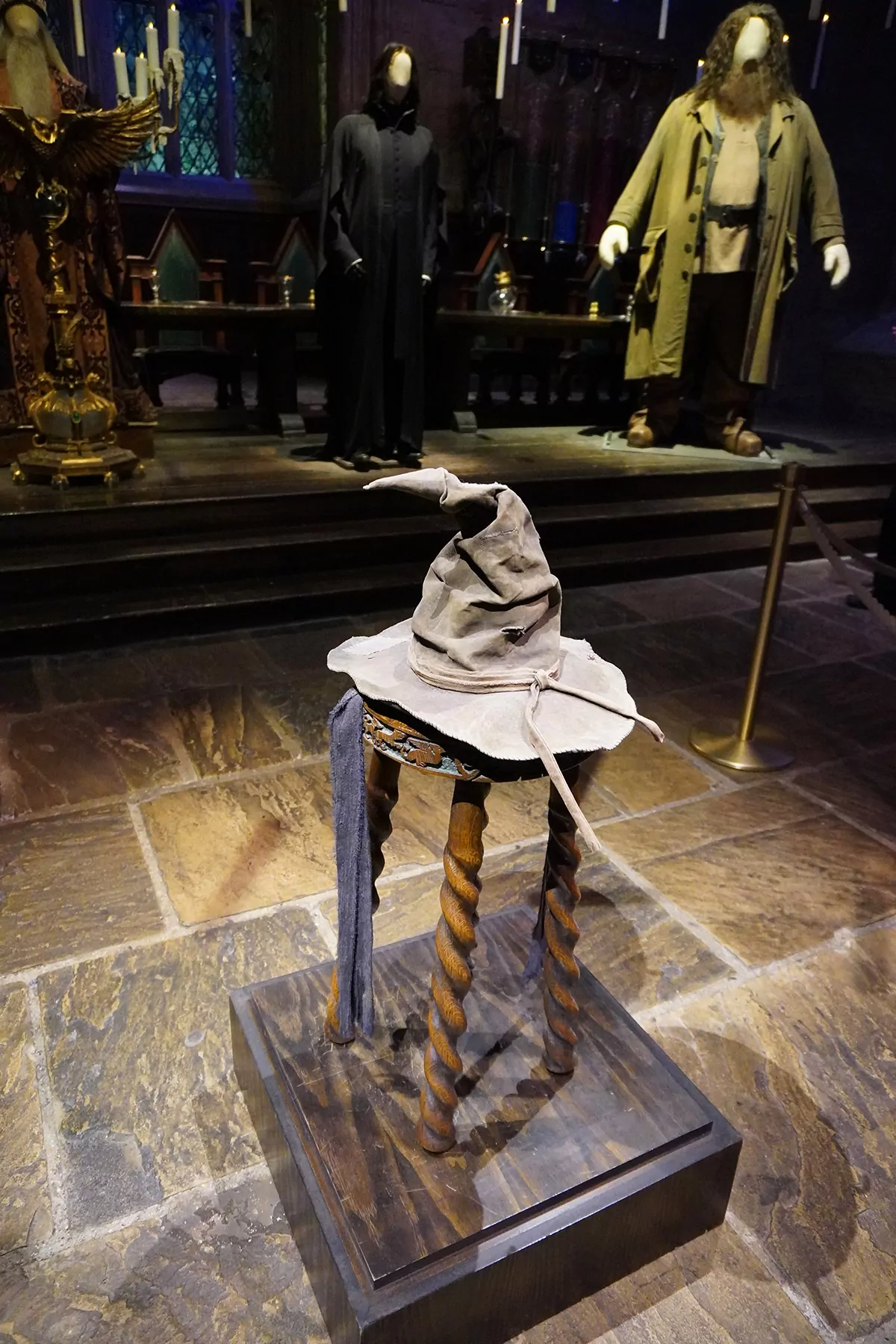
Harry Potter House Traits: Sorting the 16 Types into Hogwarts Houses
We now know the values each Hogwarts house mainly possesses. We also know about the 16 personality types. So, when considering each of the Harry Potter House Traits, here’s where each personality type belongs.
Gryffindor
The personality types that fit in Gryffindor house are ENFP, ENFJ, ISFP, and ESFP.
Hufflepuff
The types that fit into Hufflepuff house are INFP, ISFJ, ESFJ, and ISTJ.
Ravenclaw
Those that fit into Ravenclaw are INFJ, INTP, INTJ, and ISTP.
Slytherin
The Slytherins among the personality types are ENTP, ENTJ, ESTJ, and ESTP.
Understanding the Harry Potter House Traits
Understanding the Harry Potter house traits in relation to the 16 personality types can be a fun way to gain deeper insights into your favorite characters. Just as the Sorting Hat could see the potential in each Hogwarts student, we, too can use this knowledge to better understand our strengths, weaknesses, and unique traits.
Whether you identify with the bravery of Gryffindor, the intelligence of Ravenclaw, the loyalty of Hufflepuff, or the ambition of Slytherin, remember – our choices define us more than our abilities.


Responses